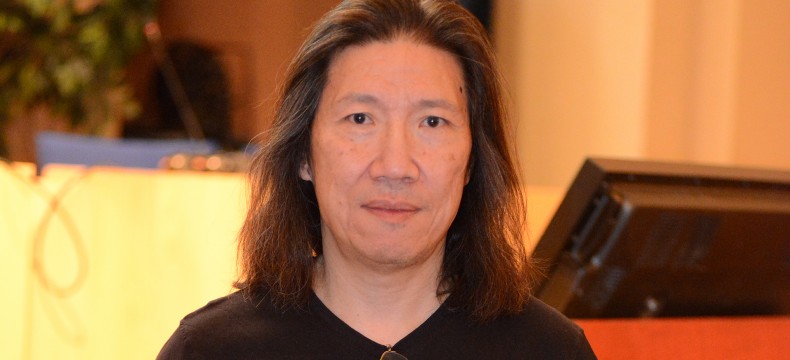2015 Conference Summaries

MPC Creature Feature: Animated Features Vs Feature Film VFX Animation
Contents
Paul Chung began his career in animation and visual effects in 1981 in London and has worked on such films as "Space Jam" and "Who Framed Roger Rabbit" for Warner Brothers. He joined DreamWorks in 1999 and returned to London in 2011 to work with Framestore before ending up at MPC. He tells us about the animation industry and how to get into it.
DreamWorks Animation makes very realistic cartoon-based characters with realistic attitudes and situations. An animator must know how to create a CG horse which resembles a real horse. This kind of skill is used in feature films for Disney, Pixar and DreamWorks.
In How To Train Your Dragon, the challenge for DreamWorks was to animate creatures in realistic situations. These may be real or mythical creatures, which are often a mixture of two real animals and there is a lot of work to be done on movement. As an animator you must master three styles: photorealism, cartoon and character animation.

In a visual effects' studio it's important to understand movement. Horses don't walk like cats, reptiles, snakes or rats. When animated animals speak they must be given facial movements. At DreamWorks you will have sequences with actors, with or without dialogue, where one character is speaking and another is listening. This is the character you will spend more time on as you have to create subtle expressions with facial animation or gestures.
If you work in animated visual effects, you will work on a lot of different tasks. You will be given scenes to animate or you'll work on just one sequence. The animation is not always concentrated on cartoon, and there can be repetitive things to do like animating water or waves. In Exodus, for example, everything is animated: the crowd, the mountains and the sea. You'll also have to work on the effects, props and set pieces.
To develop a character and make it move, everything must be prepared beforehand. There are an unimaginable number of references to movement that can be inspired by images from films or what we see in real life. This is how we develop the characters. You must build a reference image and experiment in front of the camera, save it and then show the director the blocking. A traditional animator is asked to produce about 3 seconds of animation in a working week, so there's not much to see. After different phases of validation, things are revealed little by little before being refined and light added. Very often a sequence looks much like the first reference, so it's important to concentrate on this part of the work.
You'll receive revision notes when working on a feature film as the director is often present in the studio. It's not easy to immediately find a realistic approach. The challenge is getting to know the characters, ensuring consistent quality work and combining volume with quality.
There are many online animation schools and you can learn from them, take training courses and read books. In animation, for example, we constantly need to animate four-legged animals and there is very little information on the subject. Learn the principles of animation because the difference between visual effects and animation starts with the basics. In addition, there is less and less job security. Contracts are often short-term, lasting six months, and you will need to travel often as there's a lot of competition.
Question: You talked about the workflow and planning. How do you plan a shot?
• P. Ch.: If you work with Maya software, try not to make too many time warps in your animation and don't use too many commands. Save a clean version before making changes. I spend a lot of time on preparation. You should know what you want before animating and have a clear vision with sketches for reference. Use simple characters to put your thoughts on paper before
Drafted by Alain Andrieux, ITZACOM, France
The Annecy 2015 Conference Summaries are produced with the support of:

![]()
Conferences organised by CITIA 
under the editorial direction of René Broca and Christian Jacquemart

